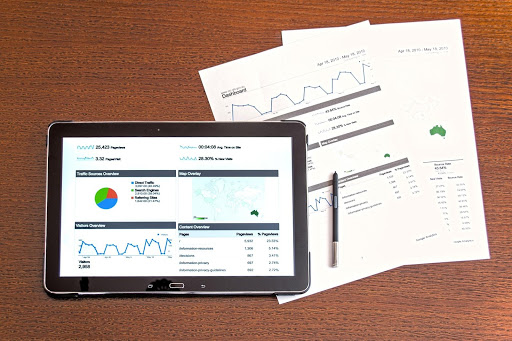At ProcurePort, we stress how valuable an adequate spend analysis is for your company’s success. In this recent blog, we discussed why spend analysis is a lesson in clarity, and the takeaway point is “you don’t know what you don’t know.”
Not performing a spend analysis means your business is in the dark as to what cost savings you could be achieving. But, as Digitalist Mag points out, many organizations aren’t using this valuable tool for insight to leverage cost reductions.
Why?
The rationale behind performing a regular spend analysis is clear. It can help you answer the right questions of your organization’s corporate spend: who you are spending with, what you are spending it on and why you are spending it. All these insights aid in the goal of maximizing cost savings.
Clear on why you should conduct spend analysis, the next step is understanding how.
Here is ProcurePort’s simple 7-step guide to performing a procurement spend analysis.
STEP ONE: Isolate all spend data
The first, and most essential step, is for you to aggregate all spend data from all sources across all departments and all sites. Often, spend data is sited in disparate and multiple sources. The purpose of a spend analysis is to shine a light on all of the hidden savings burrowed away in hidden data sources. Leave no stone unturned.
STEP TWO: Consolidation
Consolidating the gathered data into one single database of information can be a challenge. You may be working with different languages, different currencies and different types of data. Some may be digitally extractable, some may need to be input manually.
STEP THREE: Data cleansing
Data cleansing involves identifying and eliminating all errors in records, as well as transforming the data into a standardized format for ease of reference and comparability. Removing duplicate records, identifying classification errors and even spelling errors can impact on the end analysis.
STEP FOUR: Normalization
Multiple entries for what is ultimately the same supplier, with different spellings or pseudonyms can account for huge discrepancies in real-terms supplier spend. Normalization of supplier names is a hugely important aspect of your spend analysis. All vendor activity should be linked together.
STEP FIVE: Spend Categorization
Whether you use prescribed spend categories or your company decides to classify your own, it is important to classify your corporate spend into meaningful, manageable categories. These help your business to identify addressable spend with the greatest degree of accuracy and provide maximum insight. Without categories, you cannot find the best place to answer those important questions.
STEP SIX: Analysis
Identify how your spend analysis compares with your preferred suppliers list and where maverick spend is occuring. Isolate categories and attempt to streamline them so you are purchasing from the smallest number of vendors possible, and use this information as a negotiation tool when issuing contracts.
STEP SEVEN: Rinse and Repeat
One spend analysis is great, but what your organization really needs to commit to is a continual process of spend and supplier management. This is to ensure that supplier performance is meeting the standards you expect, and that your savings opportunities are always maximized.
ProcurePort’s spend management solutions can help
Manually conducting a spend analysis can be a lengthy and arduous procedure. ProcurePort believes that automation and digitalization is the answer to these pain points.
In a blog in 2017 we discussed how many organizations are still using Excel to track spend, and that if that is the case for your business you are you are working harder not smarter. We know that automation and spend analysis software can help your business to access all the hidden answers contained within your corporate spend data, without the commitment of time and resources.
To see if your organization is suitable for a Free Spend Analytics Assessment, contact us.
Image: By Pexels on Pixabay










